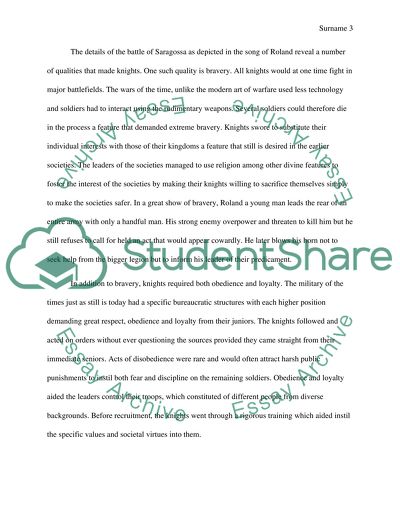Cite this document
(“The Song of Roland exemplifies model knightly behavior. What qualities Term Paper”, n.d.)
The Song of Roland exemplifies model knightly behavior. What qualities Term Paper. Retrieved from https://studentshare.org/history/1473996-the-song-of-roland-exemplifies-model-knightly
The Song of Roland exemplifies model knightly behavior. What qualities Term Paper. Retrieved from https://studentshare.org/history/1473996-the-song-of-roland-exemplifies-model-knightly
(The Song of Roland Exemplifies Model Knightly Behavior. What Qualities Term Paper)
The Song of Roland Exemplifies Model Knightly Behavior. What Qualities Term Paper. https://studentshare.org/history/1473996-the-song-of-roland-exemplifies-model-knightly.
The Song of Roland Exemplifies Model Knightly Behavior. What Qualities Term Paper. https://studentshare.org/history/1473996-the-song-of-roland-exemplifies-model-knightly.
“The Song of Roland Exemplifies Model Knightly Behavior. What Qualities Term Paper”, n.d. https://studentshare.org/history/1473996-the-song-of-roland-exemplifies-model-knightly.


